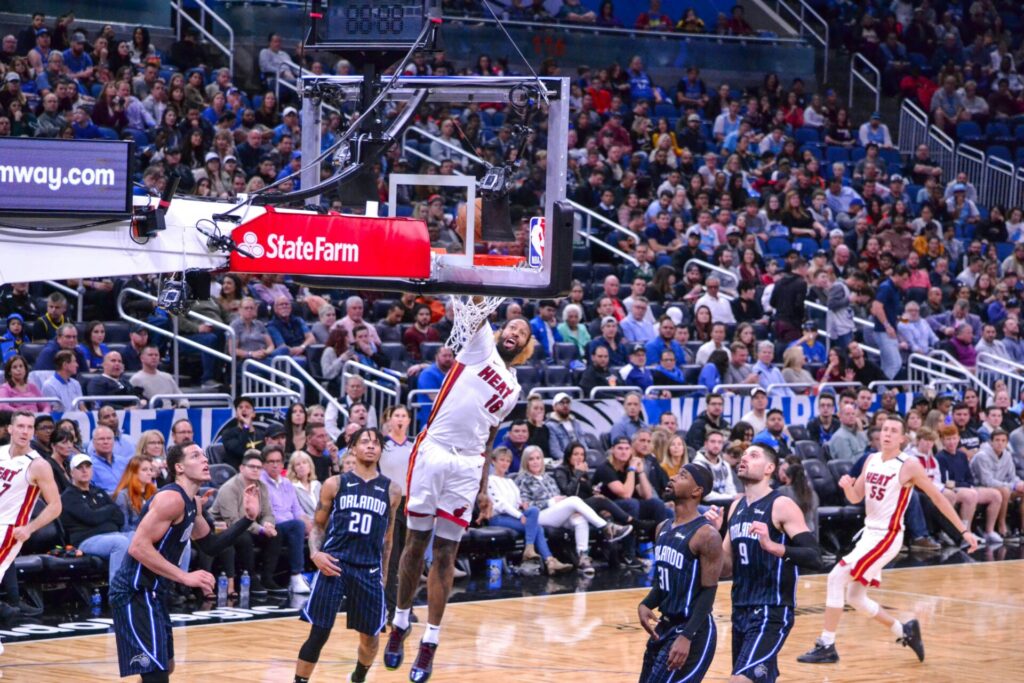When we think of basketball, we often focus on the players, strategies, or iconic game moments. But what lies beneath every dunk, crossover, and layup is something crucial yet often overlooked—basketball flooring. The type of flooring directly affects player performance, safety, and the overall flow of the game. Whether you’re a player aiming for peak performance, a sports facility manager, or a coach striving to prevent injuries, knowing your court’s surface is vital.
This blog will explore the evolution of basketball flooring, the science behind its design, the pros and cons of various materials, and key considerations when choosing the right flooring.
The Evolution of Basketball Flooring
Basketball, invented in 1891, started in humble gyms with basic flooring. Early courts were often made of simple wood or even dirt, far removed from today’s advanced surfaces. Over time, hardwood became the gold standard, especially maple wood due to its durability and shock absorption properties.
Technological advancements in sports flooring have revolutionized the game. Synthetic surfaces, engineered for consistent performance, have become increasingly popular in multipurpose facilities. Innovations like portable and modular flooring address the needs of modern arenas, enabling quick transitions between sports or events.
This evolution reflects a broader understanding of how flooring impacts both athletes and spectators. A well-designed floor not only enhances performance but enhances the overall experience of the game.
The Science Behind Good Basketball Flooring
A high-quality basketball floor isn’t just wood or synthetic material—it’s an engineered system designed for peak performance. Here are the key factors that influence basketball flooring quality:
- Shock Absorption: Good flooring minimizes the impact on joints and muscles. Insufficient shock absorption can lead to fatigue or long-term injuries in players.
- Surface Friction: Optimal friction gives players control while reducing the risk of slips or falls. Too much friction, however, can hinder movement.
- Ball Bounce Consistency: Consistency in bounce ensures that the ball performs predictably across the court, critical for fair gameplay.
- Durability and Wear: High foot traffic, frequent games, and facility usage demand surfaces that remain durable over time without compromising quality.
Studies show that inadequate flooring increases the risk of injuries such as ankle sprains, ACL tears, and shin splints. Conversely, courts with optimized surfaces reduce these risks while boosting agility and movement precision.
Types of Basketball Floors
When selecting basketball flooring, the choice boils down to balancing performance, budget, and specific facility needs. Here’s a closer look at the most common types of basketball floors:
1. Hardwood Flooring
- Description: Hardwood, primarily maple, is the industry standard for professional basketball courts.
- Pros:
- Superb ball bounce and shock absorption.
- Aesthetically pleasing and iconic for traditional courts.
- Cons:
- High maintenance and susceptibility to water damage.
- Expensive to install and refinish.
- Example Use Case: NBA arenas and college-level competitions.
2. Synthetic Flooring
- Description: Includes polyurethane or vinyl surfaces, ideal for multipurpose facilities.
- Pros:
- Cost-effective and low maintenance.
- Available in various colors and designs.
- Cons:
- Often less shock-absorbing than hardwood.
- Limited lifespan compared to top-tier wood.
- Example Use Case: Schools, community centers, and recreational spaces.
3. Portable/Modular Flooring
- Description: Quick-to-install flooring systems designed for temporary setups.
- Pros:
- Rapid installation and removal.
- Useful for multi-event venues (e.g., arenas hosting concerts or ice hockey).
- Cons:
- May lack the durability of permanent floors.
- Performance can vary depending on the system.
- Example Use Case: High school tournaments and temporary basketball courts.
Choosing the Right Flooring for Your Facility
Selecting basketball flooring requires careful consideration of your facility’s specific needs. Here’s a checklist to guide your decision-making process:
- Performance Requirements:
- Ask, “Who will use this court?” Are you catering to professional athletes, school students, or casual players? Professional courts demand high performance; community facilities may prioritize durability.
- Budgeting:
- Hardwood courts offer unmatched quality but come at a premium price. Synthetic or modular options provide cost-effective alternatives without sacrificing utility.
- Maintenance Needs:
- Hardwood requires regular sanding, polishing, and climate control. Synthetic floors are generally easier to clean and maintain over time.
- Usage Versatility:
- If the court serves multiple purposes (e.g., basketball games, conferences), synthetic or portable flooring may better suit your needs.
- Safety and Longevity:
- Prioritize safety features like anti-slip coatings and shock absorption systems. Flooring is a long-term investment, so consider maintenance costs alongside durability.
Facilities that choose wisely reap the benefits of enhanced player performance, reduced injuries, and better overall experiences.

Build a Court You Can Be Proud Of
Basketball flooring is far more than a playing surface—it’s a key driver of performance, safety, and player satisfaction. From the heritage of maple hardwood to advancements in portable and synthetic technologies, modern basketball flooring embodies decades of innovation.
Coaches and sports facility managers have a unique responsibility to ensure their courts are optimized for performance. Take the time to evaluate your specific needs, as the right flooring enhances every aspect of the game.
To continue the conversation or explore solutions tailored to your facility, engage with industry professionals or join community forums dedicated to facility management. Remember, a well-designed court doesn’t just support the game—it transforms it.
Gaming Hub
Game online adalah jenis permainan video yang dimainkan melalui jaringan internet. Game ini memungkinkan pemain untuk berinteraksi dengan pemain lain secara real-time, baik itu dalam bentuk kerja sama, kompetisi, atau eksplorasi dunia virtual bersama-sama.
Comments are closed, but trackbacks and pingbacks are open.